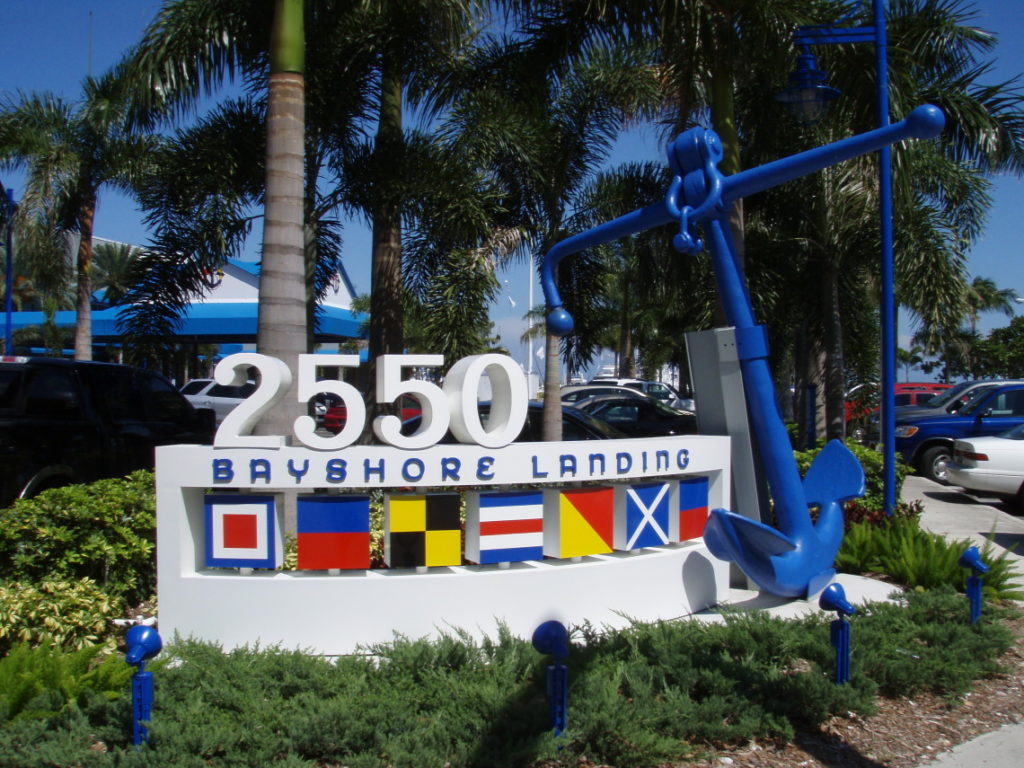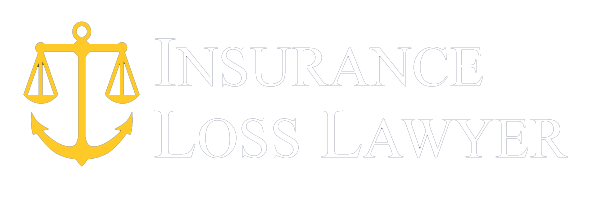Frequently Asked Questions:
What impact does a recreational boaters have on “Clean Water”? Boaters, more than any other group, want to protect and preserve our water. However, vessel sewage is more concentrated than domestic sewage, as shown below.
Source Typical BOD Levels Boat Sewage 1700-3500 mg/l Raw Municipal Sewage 110-400 mg/l Treated Municipal Sewage 5-100 mg/l
Compounding this problem for vessel holding tanks is the presence of chemical additives which have been used to disinfect and deodorize the waste, including formaldehyde, paraformaldehyde, quaternary ammonium chloride and zinc sulfate. Ideally odor-control chemicals should be biodegradable when diluted and contains no dye or perfumes.
What are the coastal boundaries for “State” waters in Florida? Coastal limits are 9 nautical miles on the Gulf and 3 miles on the Atlantic Ocean.
What are Marine Sanitation Devices? A Marine Sanitation Device (MSD) is any equipment for installation on board a vessel, other than a toilet, which is designed to receive, retain, treat or discharge sewage and any process to treat such sewage (Florida Statute 327.53).
MSD TYPE 1: Flow-through device that treats sewage by chemical or thermal means MSD TYPE 2: Device that treats the sewage by biological means and uses bacteria MSD TYPE 3: Holds the sewage. Prevents direct overboard discharge or sewage
All MSD’s have to be US Coast Guard Approved (label affixed for type 1 & 2, or letter/document on board)
How do you tell if the MSD is U.S. Coast Guard approved? A label is affixed or letter/document on board for Type 1 or 2 MSD; Type 3 does not require a label.
What are the guidelines for “y-valves”? Under federal law, if your boat has a “Y” valve allowing direct overboard discharge of untreated waste, it must be closed while operating in all inland and coastal waters. It is suggested you use a non-releasable wire tie, lock, or remove the valve handle to secure the device. When you are more than 3 miles offshore in the ocean, the “Y” valve may be open allowing direct discharge overboard.
A “Y” valve may also be found on boats having both a Type I or II and a holding tank. This gives the boater an option to discharge treated waste overboard or to contain it for pumpout later. In certain waters, discharge of all sewage (whether Type I, II or III) is illegal.
What is a “No Discharge Zone”? Also known as NDZ, a “No Discharge Zone” is approved by the U.S. Environmental Protection Agency which prohibit boats from discharging treated or untreated sewage into water bodies. In these waters, a “Y” valve has to be closed. Currently, there is only one NDZ in Florida; Destin Harbor. In other states, these waters include rivers, lakes, and reservoirs without interstate navigation and where entry or exit by boat is not possible.
Which crafts are required by law (Florida Statute 327.53) to have a working toilet on board when in state waters?
What impact does contaminated water have on our waterways? A single overboard discharge of human waste can be detected in up to a one square mile area of shallow enclosed water. Contaminants known from human waste include hepatitis, streptococci, fecal coliform and other bacteria. Marine sanitation devices may also contain harmful chemicals in the disinfectants and deodorants. The highest levels, of boater generated, fecal coliform bacteria are most evident in “hot spot” areas of high boat traffic and low tidal flushing. Florida’s “hot spots” include: the enclosed waters of the Indian River Lagoon and Tampa Bay and Palm Beach, Broward, Dade and Monroe Counties.
What is the impact on shellfish as it relates to “Clean Water”? Shellfish are often referred to as the canary in the mineshaft. Shellfish farmers are almost always the first to know when there is a pollution problem in the watershed. Mollusks (oysters, clams, and mussels) filter tiny particles, including bacteria, as they pump water across their gills and into their stomachs. As a result, they have the ability to absorb the bacteria which are floating in surrounding waters and pass them through onto unsuspecting consumers.
How are houseboats defined? A houseboat defined by Florida Statute Chapter 327 means any vessel which is used primarily as a residence for a minimum of 21 days during any 30 day period, in a county of this state, and this residential use of the vessel is to the preclusion of the use of the vessel as a means of transportation.
What do houseboats need to do in order to comply? The houseboat must have a permanently installed toilet connected to a Type III marine sanitation device. The valve directing sewage needs to be set so as to prevent discharge of sewage into Florida waters. Type III marine sanitation devices and holding tanks should be pumped out at the nearest marina with a pumpout station.
What if I already have a Type I or Type II marine sanitation device? A houseboat which has a Type I or Type II device must install a Type III device.
Our boat has a portable toilet. What do I do? All waste from portable toilets shall be disposed of in an approved waste reception facility. Restroom toilets are not approved reception facilities. Some of the chemicals used in portable toilets do not break the waste down to acceptable levels nor do they kill disease-causing organisms. Marinas are encouraged to use funds from the grant program to install approved waste reception facilities at their site.
Are marine sanitation devices subject to inspection? Yes. When the owner or operator is aboard, an officer may board a vessel with consent or if there is probable cause or knowledge to believe that a violation has occurred or is occurring. An officer may also board a vessel if the operator refuses or is unable to display the safety or marine sanitation equipment.
What are the fines for non-compliance? $50.00 noncriminal infraction for compliance issues $250.00 Civil penalty for discharge of raw sewage
The Florida DEP Division of Law Enforcement also manages the grant programs for The Clean Marina Program. For more information, contact Jan DeLaney, Program Manager, 850-245-2847


2550 South Bayshore Drive
Suite #211
Miami, FL 33133
Tel: 855-456-0445
Fax: 305-967-8182
Info@NeblettLaw.com

Just write down some details and our customer success heroes will get back to you in a jiffy!